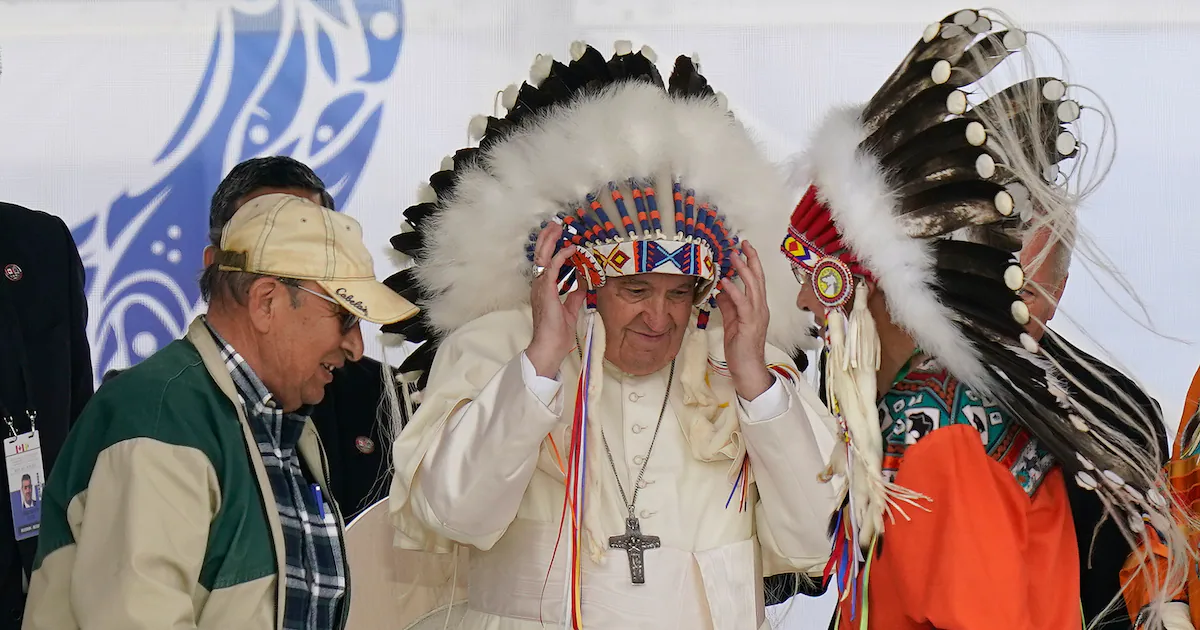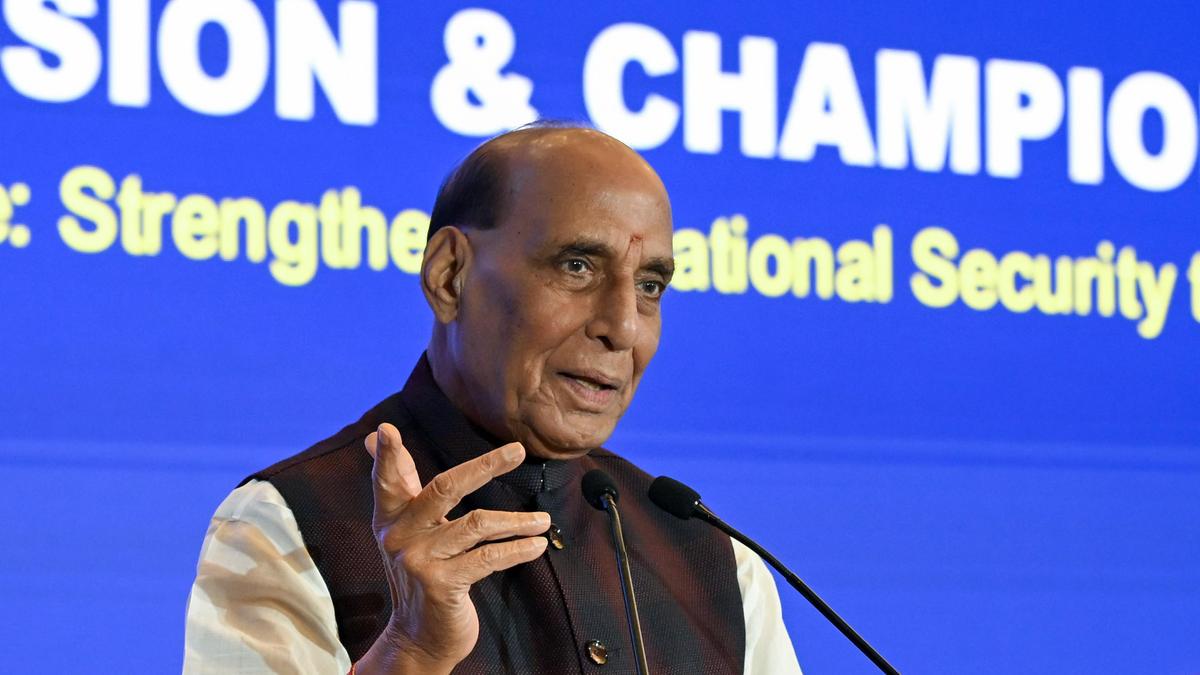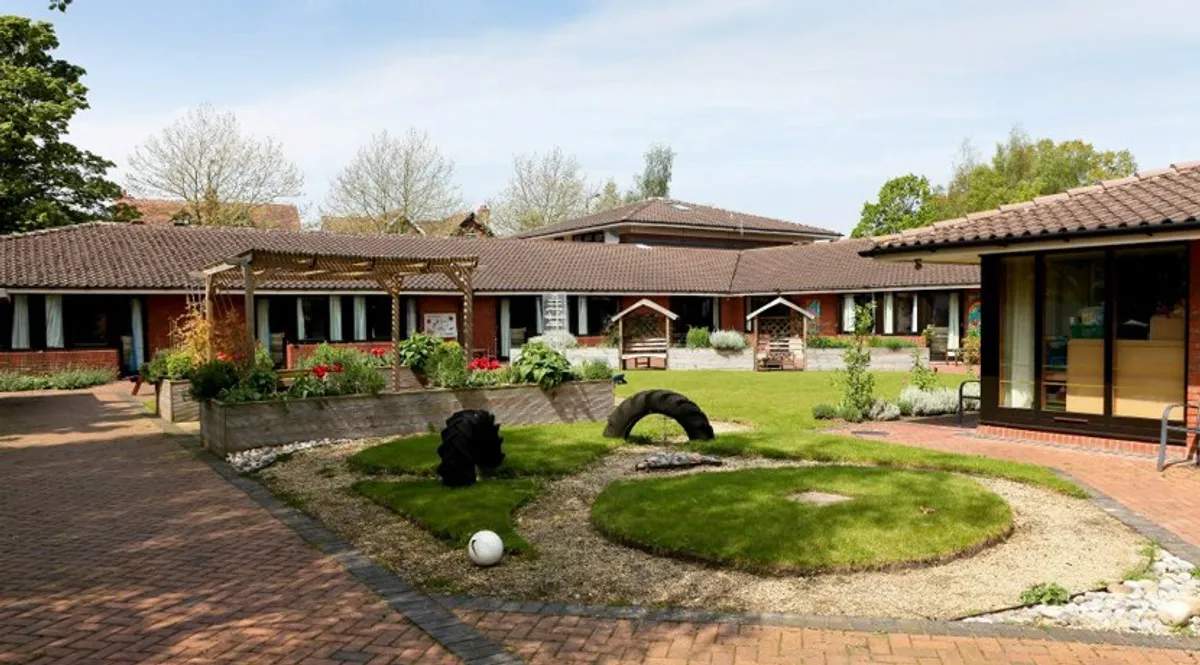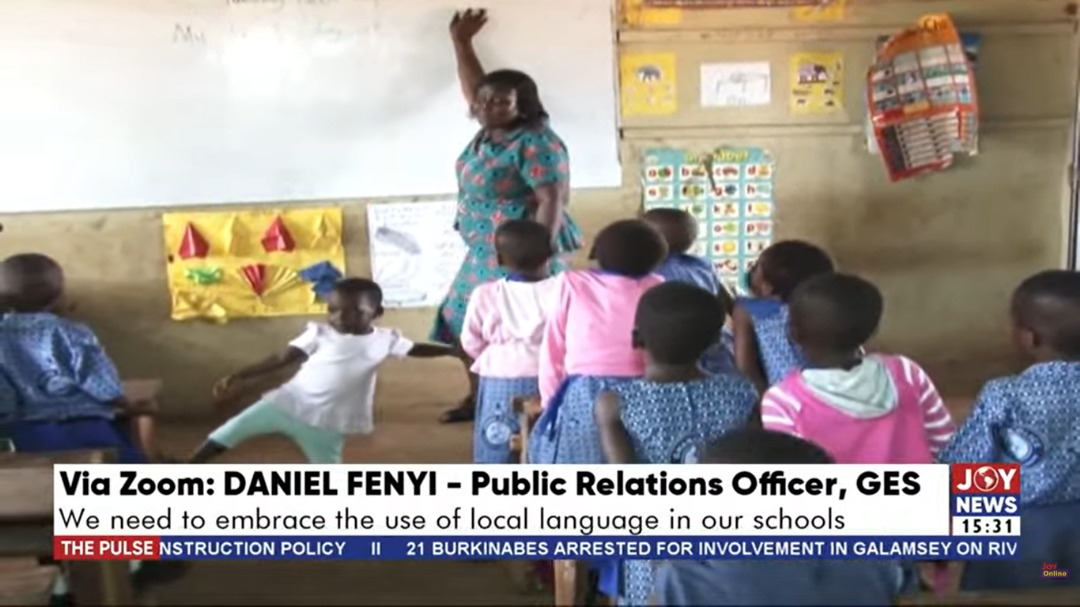Copyright Reading Eagle
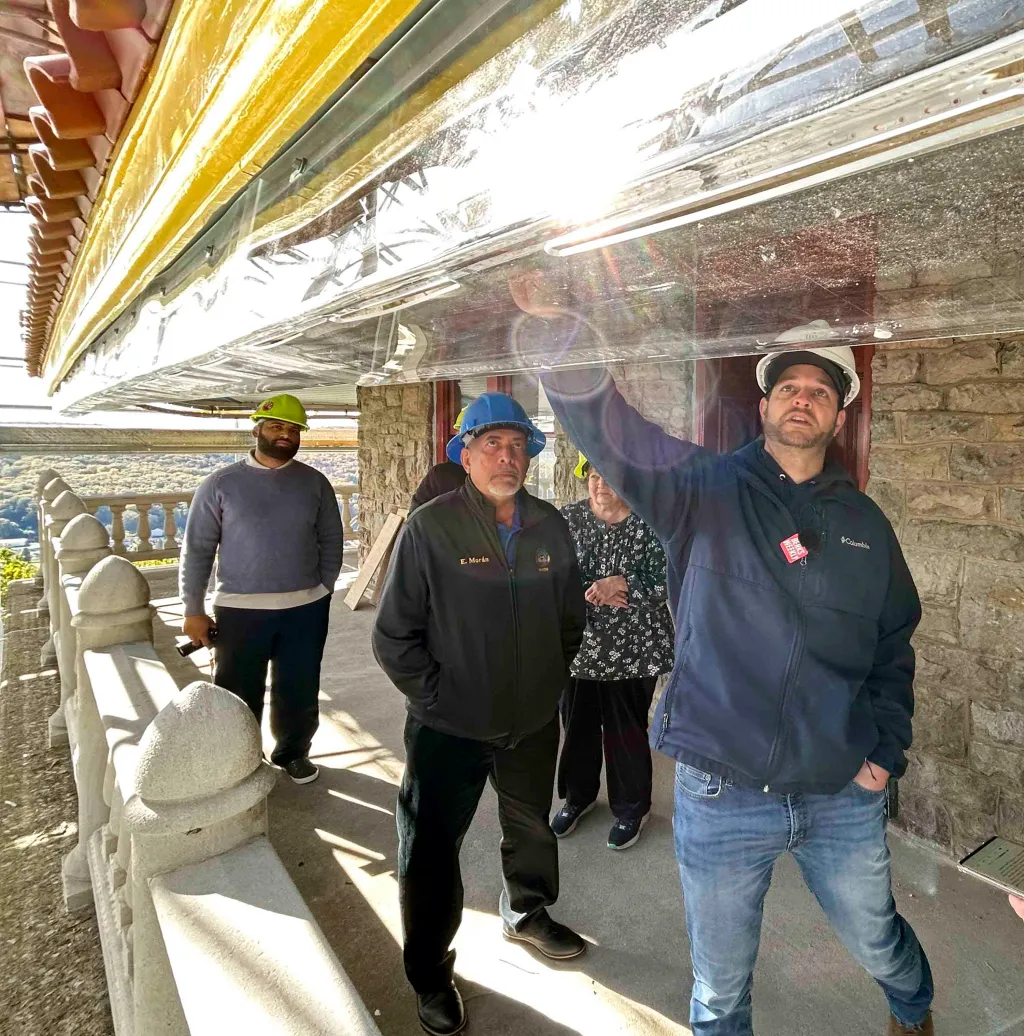
For information on submitting an obituary, please contact Reading Eagle by phone at 610-371-5018, or email at obituaries@readingeagle.com or fax at 610-371-5193. Most obituaries published in the Reading Eagle are submitted through funeral homes and cremation services, but we will accept submissions from families. Obituaries can be emailed to obituaries@readingeagle.com. In addition to the text of the obituary, any photographs that you wish to include can be attached to this email. Please put the text of the obituary in a Word document, a Google document or in the body of the email. The Reading Eagle also requires a way to verify the death, so please include either the phone number of the funeral home or cremation service that is in charge of the deceased's care or a photo of his/her death certificate. We also request that your full name, phone number and address are all included in this email. All payments by families must be made with a credit card. We will send a proof of the completed obituary before we require payment. The obituary cannot run, however, until we receive payment in full. Obituaries can be submitted for any future date, but they must be received no later than 3:00 p.m. the day prior to its running for it to be published. Please call the obituary desk, at 610-371-5018, for information on pricing. Santa Claus should have no trouble finding his way to Reading this Christmas Eve with the newly upgraded Pagoda lights ready to help guide his way. “I know there’s been a history here in the city of the flashing lights for Christmas, identifying and recognizing that Santa Claus is on his way,” Mayor Eddie Moran said Tuesday during a media walkthrough of the ongoing restoration of the landmark on Mount Penn. “I’m happy and honored to announce today that the completion of the electrical work will allow us to come back to that tradition.” The custom dating to the 1940s helps guide the jolly old elf and signals to children that it is time for bed. While ongoing renovations prevented the lights from flashing in recent years, the tradition was kept alive by blinking the lights of a city firetruck outside the Pagoda. The new LED lighting system replicates the building’s traditional appearance and will be ready on time for Christmas Eve, said David W. Anspach III, city capital project manager. Two bands of lights on the outside and a single band on the inside illuminate both the structure and the mountain face, Anspach said, noting crews reused the existing track mounts but replaced the outdated fixtures and added protective acrylic covers. Modernized landmark Upgrading the exterior lighting is part of a larger effort to preserve the city’s best-known symbol while modernizing it for future generations, the mayor said. The $5.3 million project is funded through $3 million in American Rescue Plan Act funds and $2.3 million in city capital improvement funds. Moran said he planned Tuesday’s walkthrough as a way of updating the public and showing residents how their tax and federal relief dollars are being used. “Very often we have a tendency to announce a project and then just show the ending by a ribbon cutting,” he said. “Transparency has always been big for me, and I thought this would be a good project to show that to our community.” Anspach led members of the mayor’s staff, Foundation for the Reading Pagoda and local media through the seven-story, city-owned structure, which has been closed to the public since work began in late 2023. Exterior work, including painting, roofing, electrical upgrades and lighting, is nearly completed, he said, noting interior finishing is now underway. Inside work includes upgrading the heating, ventilation and electrical systems, replacing fire suppression sprinklers throughout the building. Crews have been repairing damaged windows, doors and tile work and repainting and applying new red epoxy floor sealing. Much of the work focused on structural integrity and safety, Anspach said, noting some changes were made to the initial scope of work as unforeseen problems were detected. The biggest change came after crews discovered voids in the building’s stone foundation large enough to push a 36-inch tape measure into it without resistance, he said. The city authorized a $160,000 change order to fill those cavities with grout and fully repoint the walls. The project also required mold remediation on one of the upper floors and replacement of an aging track lighting system that had sparked a small electrical fire before construction began. A rare view Anspach led the group onto the scaffold for a rare look at the red tile roof and upturned eaves, a distinctive feature found in traditional east Asian architecture. He pointed out the lion heads on the lifted corners. The figures may represent the mythical guardian creatures significant in Japanese architecture. The heads were replaced during a renovation of the building in the 1990s, Anspach said. The total project is about 45 to 60 days from completion, he said, noting that the Pagoda Foundation anticipates a public reopening in mid-April. While the restoration is nearly finished, plans for how the Pagoda will operate after reopening will be determined by the foundation under an existing memorandum of understanding with the city, he said. Moran said city and foundation officials envision the space as a community hub celebrating Reading and Berks County culture. Uses could include a small gift shop or café serving locally made snacks and beverages. There’s also the possibility of displays honoring Reading’s railroad and industrial heritage. The building could host small private events such as weddings and receptions, the mayor said, recalling that he once officiated a wedding ceremony there. “The Pagoda Foundation and city have collaborated on some really good ideas,” Moran said. “We want to make sure that we utilize the Pagoda as much as possible and do fun-filled activities and events that would create some long-lasting memories.”
